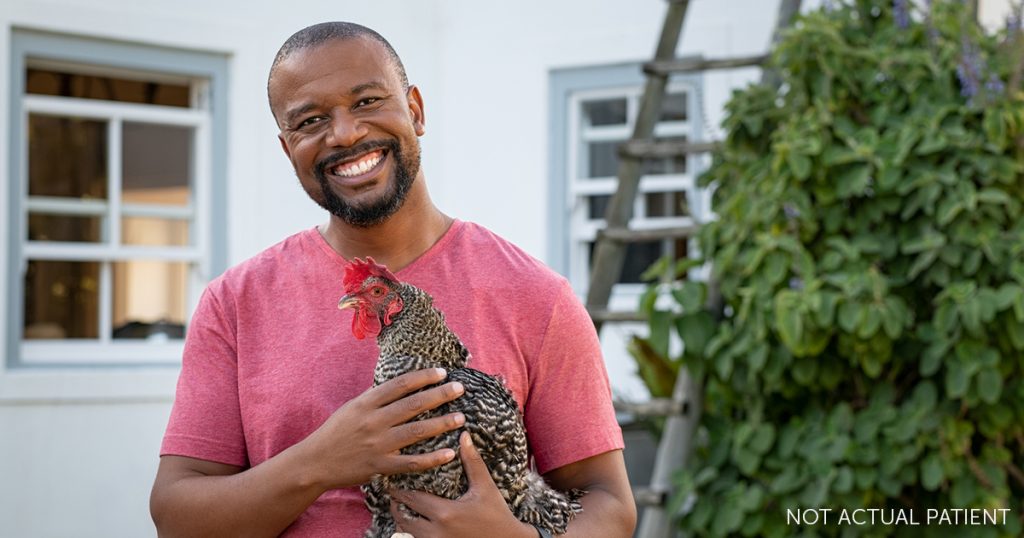A pilonidal cyst forms at the base of the tailbone and can cause swelling, discomfort and may develop into an abscess that requires surgery to treat. Dr. Laurence Rosenberg of Southeastern Plastic Surgery in Tallahassee, FL provides expert surgical care for this common and painful condition.
How Does a Pilonidal Cyst Develop?
It is not entirely clear why people develop symptomatic pilonidal cyst disease, but there are some common factors that have been found among people who suffer from chronic pilonidal cysts.
The cleft of the buttocks is sweaty and contaminated with bacteria. This warm, contaminated environment increases the chances of developing an abscess or infection. People who commonly suffer from pilonidal cysts have been found to have pits, small holes along the cleft of the buttocks (the crack). Excessive hair, profuse sweating, sitting for long periods of time, and being overweight are often considered to be factors that contribute to the formation of pilonidal cysts as well.
What Are the Symptoms of Pilonidal Cyst Disease?
The first symptom is usually pain and swelling. The pain radiates out from the base of the tailbone, making it painful to sit or stand. If caught early, antibiotics may resolve the symptoms.
The symptoms may worsen over time. Patients will often develop cellulitis and experience drainage from the area. If the problem progresses, an abscess may form, requiring surgical treatment to drain the abscess and repair the area.
Is it Necessary to Treat a Pilonidal Cyst with Surgery?
Not everyone needs surgery. If there is a cyst present, but it is minimally symptomatic and not infected, careful observation or the use of topical ointments can relieve any problems.
If there are small pits without a cyst, these pits can be excised via surgery, but the larger abscess drainage surgery is not necessary.
What Are the Chances of Recurrence?
Pilonidal cyst disease is often a recurring issue, but it can be treated successfully to reduce the recurrence rate significantly.
Traditional pilonidal cyst surgery involves draining and excising the abscess then packing the wound. This often results in recurrence of the condition, and the process is very painful. With traditional pilonidal cyst removal, the recurrence rate is over 50%.
Cleft Lift Procedure
At Southeastern Plastic Surgery, Dr. Laurence Rosenberg has been specially trained to perform pilonidal cyst surgery to reduce pain and reduce the recurrence rate to less than 5%.
Dr. Rosenberg performs the cleft lift procedure, an outpatient surgical treatment that involves excising the infected cyst and the surrounding tissue. The surgery only takes about 1 hour to complete, and patients are able to return home the same day.
The procedure leaves patients with a closed, sutured wound that does not require any packing. There is little pain or downtime, and recovery is quick.
Dr. Rosenberg is the only surgeon in the Tallahassee area who performs the cleft lift procedure to treat pilonidal cysts. If you would like to learn more about the cleft lift treatment for pilonidal cyst disease at our Tallahassee plastic surgery practice, please request a consultation or call (850) 219-2000.



Leave a Reply